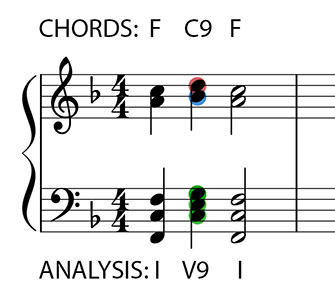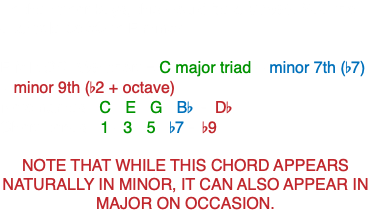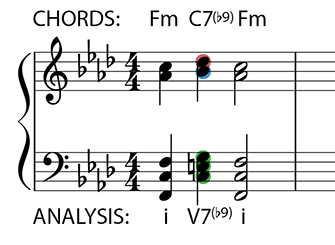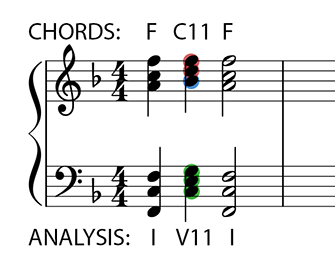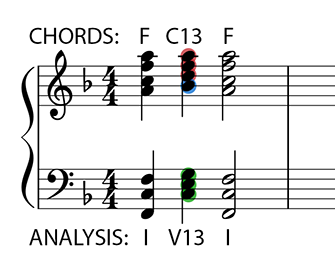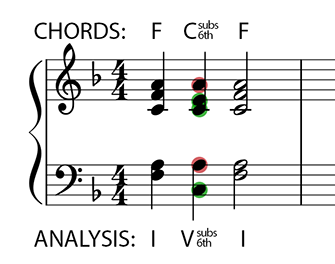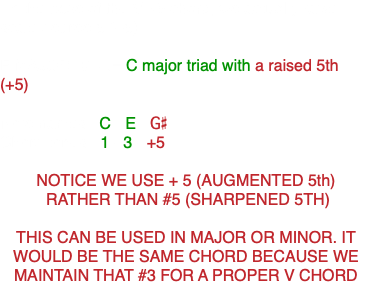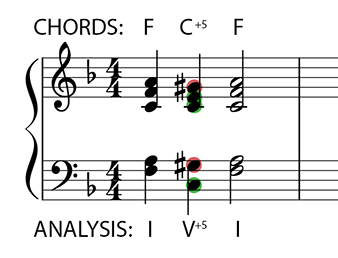HOSTS- Jeremy Burns, Matthew Scott Phillips
TYPE- Theory
DURATION- 75:20
BUMPER MUSIC- "13th Heaven" (Area 47 Music)
ANNOUNCER- Mike Cunliffe
Continuing our discussion from episode 88, we will dig deeper into extended tertian harmonies from a theory perspective with the 9th, 11th and 13th chords. We will listen to chords with substituted 6ths and raised and flatted 5ths.We will discuss how they work in traditional, and in not so traditional, ways!
These chords have a few things in common:
1-They are usually fairly dissonant and they are usually treated like dissonances in that they are resolved with some satisfaction. These dissonances are sometimes, but not always, prepared.
2-They are most often, but not always, used in a dominant functioning chord.
3- These are often used in textures that go beyond 4 voices. But in a 4 voice texture, we must omit something. It’s rarely the 7th. First omit the 5th, then maybe the 3rd.
4-These extended tertian harmonies are most often in ROOT POSITION.

